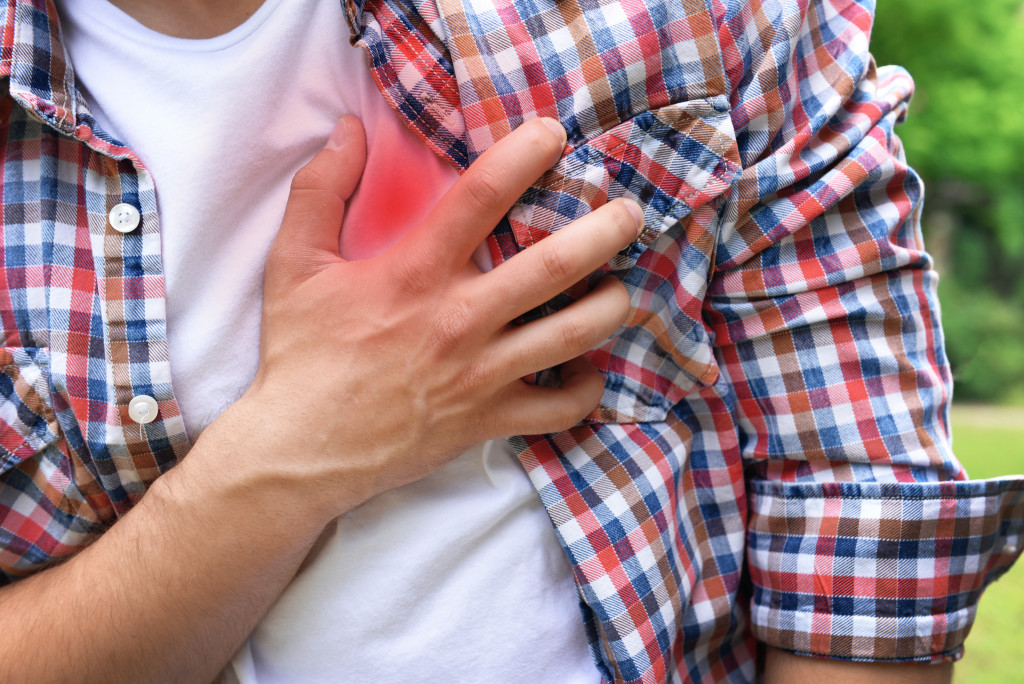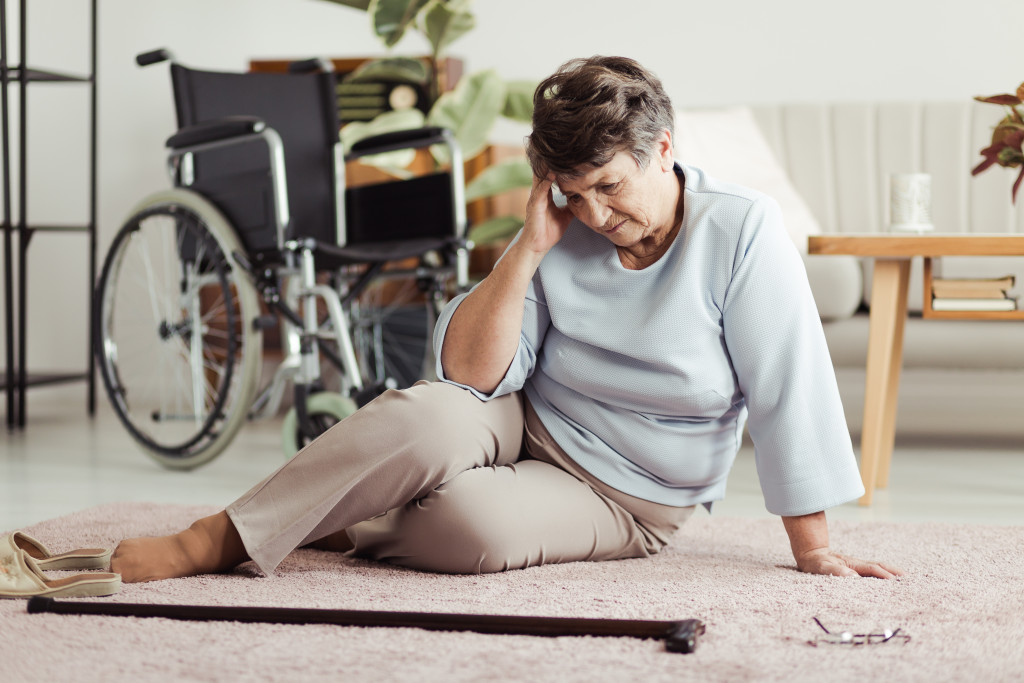According to the CDC, coronary heart disease is the most common type of heart disease, and for every 40 seconds that passes, someone has a heart attack.
Heart attacks occur when arteries are blocked, inhibiting blood flow. Without this, there would be no oxygen to supply and heart muscles start to die. There are campaigns and government programs that teach and mitigate heart diseases symptoms in the general population since it’s a rampant health issue. But as we all know, cure and preventive measures start with education.
Is Heart Attack Different From Coronary Heart Disease?
A heart attack occurs when a section of the heart muscle doesn’t get enough blood. The condition will worsen unless a treatment option is introduced. Coronary artery disease (CAD) is the most common cause of heart attack. For some individuals, the first sign of coronary heart disease is a heart attack. CAD is primarily caused by a buildup of plaque in the artery walls that supply blood to the heart and other parts of the body. The said plaque is made up of cholesterol deposits that narrow the arteries over time, eventually partially or totally blocking the blood flow.
What Factors Lead a Person To Be at High Risk for a Heart Attack?
The American Heart Association shares that the three categories of risk factors for a heart attack include increasing age, gender, and family history. These are factors that one can’t control.
As an individual grows old, the buildup of cholesterol deposits adds to the risk of disturbed blood flow, ultimately leading to a heart attack. Additionally, the risks can be compounded by additional health conditions such as obesity and diabetes.
Men were observed to be at greater risk for a heart attack than women. One study suggests that men’s coping with stressful events may be less adaptive physiologically, behaviorally, and emotionally, which may increase the risk of developing heart CAD.
Individuals with a family medical heart disease will most likely develop one themselves. It was also found that race has significance in developing heart disease too. African-Americans have more severe high blood pressure and are at higher risk of heart diseases than Caucasians.
If there are factors that can’t be controlled, there are factors that can be. Some of these factors that will help prevent the development of heart disease are regular exercise, a healthy diet, avoid smoking, avoid excessive drinking of alcohol, and finding healthy ways to manage stress.
Signs and Symptoms of a Heart Attack
The common and first experienced symptom of heart attack is chest pain or discomfort, specifically in the left side of the chest. The pain usually feels like pressure or squeezing on your chest. The pain comes and goes.
Other symptoms include feeling light-headed or weak, discomfort or pain in the jaw, neck or back, in one or both arms or shoulders, and shortness of breath.
What To Do
As soon as the first few signs of a heart attack occur, don’t hesitate to call your local emergency number. That or bring your loved one straight to the hospital or urgent care center.
While waiting for medical help to arrive, there are some measures to help ease the pain and discomfort the patient feels. If they’ve been prescribed nitroglycerin before, they may take it while waiting. This may offer momentary relief or alleviate the chest pain. If the patient becomes unconscious, begin CPR. Due to the nature of a heart attack, it’s most likely that the lack of blood flow contributed to a lack of oxygen. If the person is not breathing, administer CPR.
What Not To Do
Now that the must-dos are laid out, here are the don’t-dos you should become aware of.
Don’t Panic
In times of emergency, the last thing anybody should be doing is panicking. This will not be helpful for the patient. It’s important to remain calm and collected to properly attend to the patient properly. Call emergency help as soon as possible. But in the meantime, apply first aid measures while help is on the way.
Don’t Leave the Patient’s Side
Remain alert and attentive. Take note of the symptoms experienced by the patient so you can report them to emergency help or a medical professional. Apply your knowledge of first aid for heart attacks.
Don’t Rely on Medication Alone
Others have the mistake of relying on medication like nitroglycerin. During this life-threatening emergency, don’t leave it to self-medication. This medication widens blood vessels temporarily to improve blood flow. However, even after taking this or other medicines, the heart attack will likely keep going.

